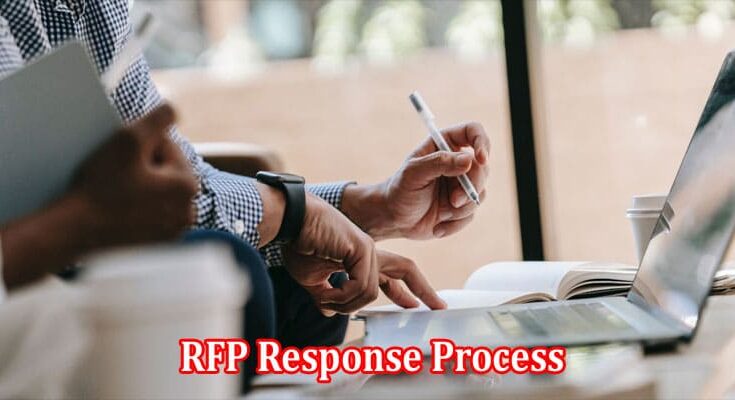In today’s hyper-competitive business landscape, speed, efficiency, and accuracy play a critical role in securing contracts and fostering growth. One of the crucial steps towards achieving these goals is by automating the Request For Proposal (RFP) response process. Below, we will delve deep into the world of RFP automation, exploring its importance, benefits, challenges, and the role of AI in enhancing its efficiency.
Understanding the RFP Response Process
An RFP is a document companies issue to solicit vendor proposals for a specific product or service. The RFP response process involves analyzing the RFP, preparing a detailed proposal matching the requirements, and submitting it within the deadline.
The RFP response process is much more than a routine business activity. It showcases a company’s competency, expertise, and capabilities before potential clients.
Knowing the Key Challenges in RFP Response
The process of responding to an RFP can be complex and pose significant challenges. Key among them is the sheer time and effort required, which can divert resources from other important operational areas.
Deadlines for RFP responses can often be tight, requiring quick reactions and rapid turnaround times. However, because each RFP is unique, crafting a tailored response that satisfies all requirements is a painstaking process.
Automation helps address these challenges, but it’s only possible if you have a clear understanding of the pain points associated with the RFP response.
Identifying Efficient RFP Automation Software
Given the complexities involved in the manual response process, adopting robust RFP automation software becomes crucial for any serious business operation.
This software assists in eliminating repetitive, mundane tasks, freeing up your staff to concentrate on strategic functions that require human intervention.
The software should also offer powerful search and collaboration capabilities, automatic data updates, and synchronizations. Lastly, it should ensure sensitive data is carefully protected, thereby maintaining confidentiality and integrity in the process.
The Role of Artificial intelligence (AI) & Machine learning (ML) in RFP Automation
The advent of AI and ML technologies has revolutionized many aspects of business operations, including RFP response automation. By leveraging these technologies, businesses can accelerate the entire process, thereby dramatically reducing the turnaround time.
AI-powered RFP software makes it easier to search for information, prepare responses, and customize them based on the specific requirements of each RFP. ML, on the other hand, helps improve the accuracy and quality of responses over time, learning from past trends and patterns.
Meanwhile, ML algorithms can remember the answers frequently chosen for certain questions and suggest them in future responses, thereby speeding up the process.
Step-By-Step Guide on How to Automate Your RFP Response Process
Automating your RFP response process involves several crucial steps. The first is understanding your existing process through a review of your manual RFP response procedure.
Next, you need to select an appropriate automation tool. This requires understanding the features and capabilities of different software, what they offer, and how well they align with the needs of your business.
Once you have the right tool, the next stage involves setting up templates and importing existing answers.
Lastly, the software will need to be tested across a few RFPs to ensure it is functioning as expected and delivering on its promise of speed and efficiency.
Handy RFP Automation Tools
There are numerous RFP automation tools in the market varying in features, capabilities, and price range. You need to consider several factors before settling on the right one.
The tools you consider should be user-friendly, need minimal training, and integrate seamlessly with your existing technology stack.
Benefits of Automating Your RFP Response Process: An In-depth Look
By automating your RFP response process, you can enjoy several benefits such as faster response time, improved quality of responses, and increased win rates.
Streamlining the process lets your team focus on other critical tasks such as nurturing customer relationships and strategic planning, thereby driving revenue growth.
Considering What’s Next in RFP Response Automation
As technology continues to evolve, the future of RFP response automation holds significant promise. Advances in AI and ML can be expected to enhance the automation tools’ abilities to craft more precise, high-quality responses, providing an edge in securing contracts.
Greater integration capabilities will be another trend to look out for. This will allow RFP automation software to seamlessly interact with customer relationship management tools, business intelligence software, and other enterprise systems. The result will be an interconnected ecosystem that significantly augments the speed and efficacy of the RFP response process.

Caroline is a dedicated writer with a passion for keeping readers informed. Specializing in providing the latest news updates and unbiased reviews, she strives to deliver accurate and insightful content. With a keen eye for detail and a commitment to journalistic integrity, Caroline ensures that her readers are always well-informed. Stay tuned for her latest articles to stay up-to-date on current events and trends.




